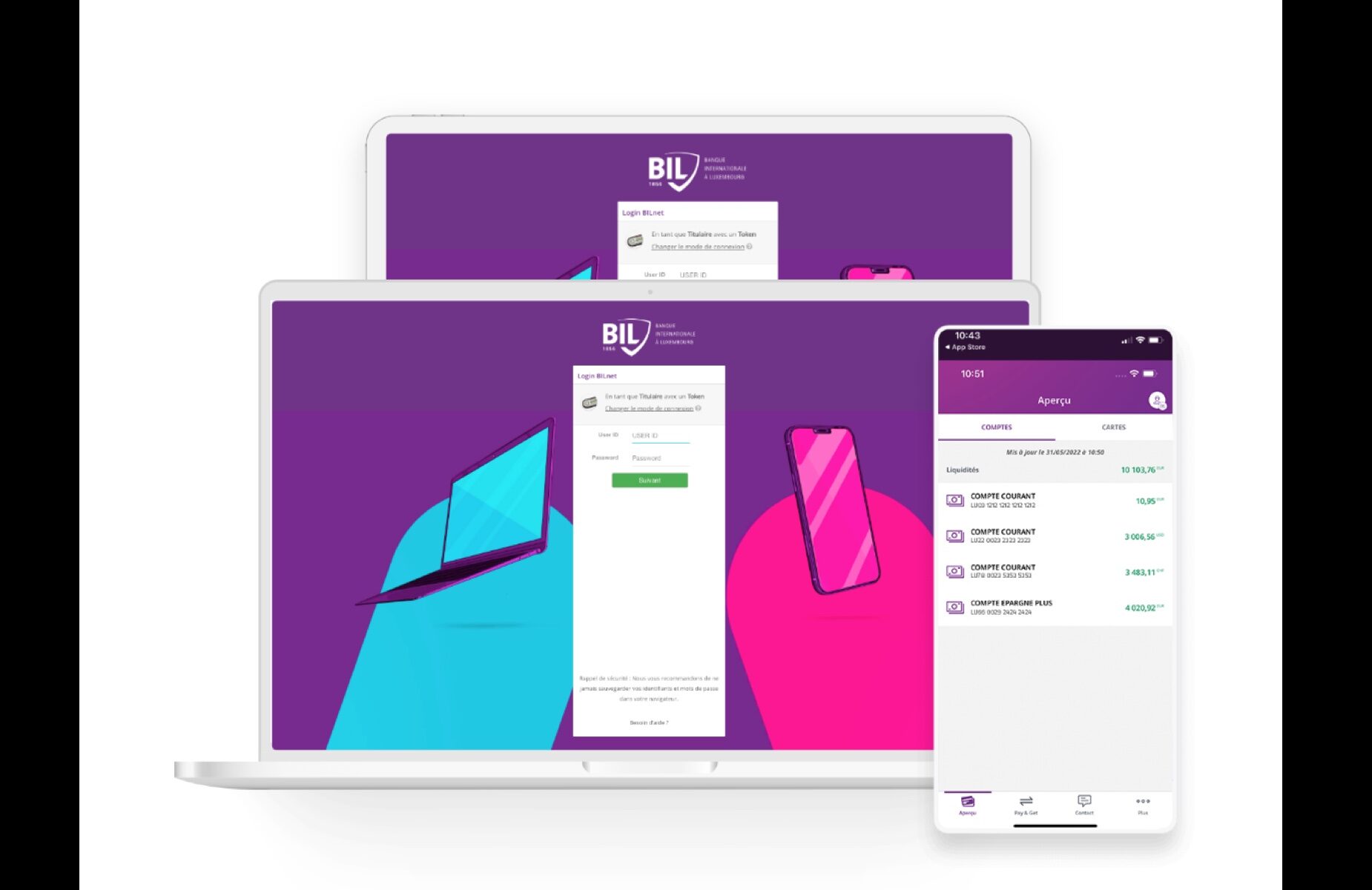The new formats for bank branches
Today, it seems normal to be able to carry out most of your banking transactions from your smartphone, call your bank when you need to, and chat with your banker via video conference. The proliferation of potential channels for interacting with banks is encouraging them to overhaul their network configurations and the format of their branches. In-depth analysis of the geographical spread, size, location, format and service level of branches is being carried out in an attempt to reflect a change in the habits and expectations of clients.
It’s a fact of life that digitalisation has profoundly changed our daily habits as well as our expectations regarding availability, accessibility and speed of response. The tech giants are imposing new standards and consumers have become used to accessing the desired service or product almost instantaneously. This also applies to their financial affairs.
Banks have embraced digitalisation for years now, offering secure, rapid and ergonomic remote banking solutions. These solutions let you carry out numerous transactions, chat with your bank and subscribe for certain products and services. As a result, while clients always prefer to talk to experts when it comes to achieving one of their goals, the majority want to be able to manage most of their day-to-day finances autonomously.
More recently, the pandemic has had a major impact on behaviour, accentuating certain trends, including among groups of people who had previously been more hesitant to embrace digital services. Banks were considered key services during this difficult period and continued to operate in the service of the economy and your finances. Meanwhile, the vast majority of clients avoided going to their branch wherever possible, using all of the other channels available to them to communicate with their bank and its various experts. Many of them were satisfied with this multi-channel approach and had no desire to return to the previous system, no longer able to imagine returning to their branch to carry out their everyday banking transactions.

Many clients can no longer imagine returning to their branch to carry out their everyday banking transactions.
The best of both worlds
Banks adapted to the changes caused by increasing digitalisation and the restrictions imposed by the pandemic. Despite a difficult environment, this worked well. On the back of this experience, banks currently aim to offer their clients the best of both worlds: more human contact and more digitalisation.
More digitalisation means offering you maximum autonomy wherever possible, and improving the accessibility and availability of the bank. More human contact means establishing the conditions that guarantee you easy access to the right expert to chat about your goals via the channels and methods that suit you. In this environment, bankers are tending to become more specialised and branches are evolving. There are still many good reasons to visit your branch but a transition is clearly taking place, turning branches into a place where dialogue is the priority and not transactions.
What are branches for?
Of course, you will still be able to carry out all transactions in some branches, but most branch activity will gradually be focused on two issues:
-
- Personal advice, i.e. helping clients to achieve their goals. This requires dedicated areas where you can chat in comfort with an expert who can devote the necessary time to your case. To ensure this, making an appointment is key.
- Support and education for clients to enable them to achieve greater autonomy in their everyday banking transactions via the use of online banking and automatic distributors. Qualified staff are on hand in branches to answer your requests and help you get to grips with the solutions offered to simplify your day-to-day finances.
Different branch formats
The vast majority of clients don’t need to visit their branch regularly, so the network of major banks is gradually shrinking. In contrast, the number of automatic distributors is remaining stable, although sometimes they are being migrated to more densely populated commercial areas, service stations and other strategic locations.
It is no longer just the size of branches within the same network that differs, clearly distinguishable formats are appearing
What’s more, it is no longer just the size of branches within the same network that differs, clearly distinguishable formats are appearing. Whilst each bank has its own philosophy on this issue and the speed of change across their networks differs, we can divide branches into three major categories.
-
- Advisory branches focus exclusively on appointments with experts to help you achieve your goals. These branches are rather small with a reception area and meeting rooms, and are strategically located close to areas with low to medium population density. They do not have opening hours in the traditional sense, but specific times when appointments can be made. ATMs are generally available in a separate section of the branch.
- Hybrid branches where, in addition to advisory appointments and distributors, it is possible to turn up without an appointment to get information on and assistance with learning how to manage your daily finances autonomously. These branches operate on the principle of traditional opening hours and are generally located in areas with medium to high population density. Their aim is to restrict or indeed refuse cash transactions and they are equipped with the digital tools that allow you to carry out the necessary transactions on site.
- Full service branches offering all of the services of the two previous formats together with the traditional range of counter services. There will only be a limited number of this type of branch within the network and they are typically located in areas with high population density.
In addition to these three formats, one last branch format is gradually emerging – the virtual or remote branch.
A virtual branch with very real advantages
Basically, a virtual branch aims to offer the same services remotely as are offered in an intermediate physical agency, with the same or extended opening hours. Interaction with these branches is primarily via secure messaging, telephone or video conference.
Regarding advisory services, their advantage is that they can rapidly mobilise several different experts on the basis of your needs, rather than just a single contact point, as may be the case with an appointment in a physical branch. That said, if you so wish, they may also serve as the first point of contact before an in-branch appointment with the expert who is best-suited to your project.
You can manage your requests and transactions from home, autonomously and with immediate access to all the information you may need (FAQs, tutorials, guides). And don’t forget that you can always rely on myLIFE to provide information on managing your finances and inspiring you to achieve your personal and professional goals.


 Mortgage
Mortgage Personal loan
Personal loan Savings
Savings